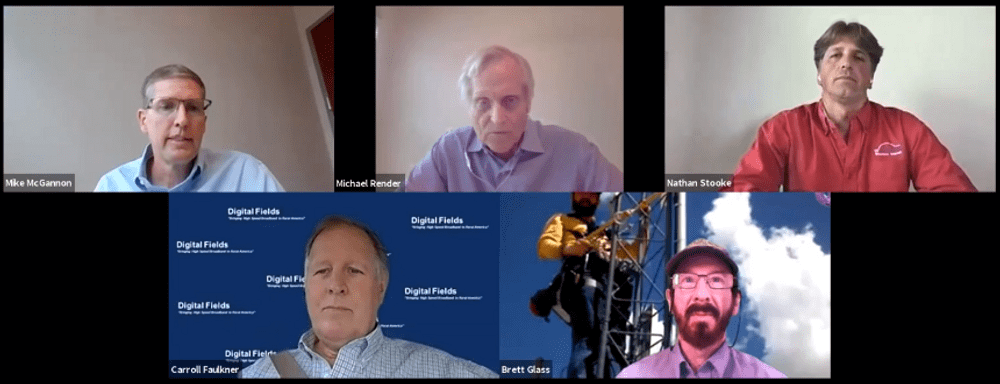Broadband Communities Summit Reprises Age-Old Question About Fiber Versus Wireless Networks
September 29, 2020 — A panel of experts with experience deploying both fiber and wireless networks weighed the pros and cons of each technology during a virtual conversation on Thursday streamed as part of the Broadband Communities 2020 Virtual Summit. The panelists recognized that there are benefit











Member discussion